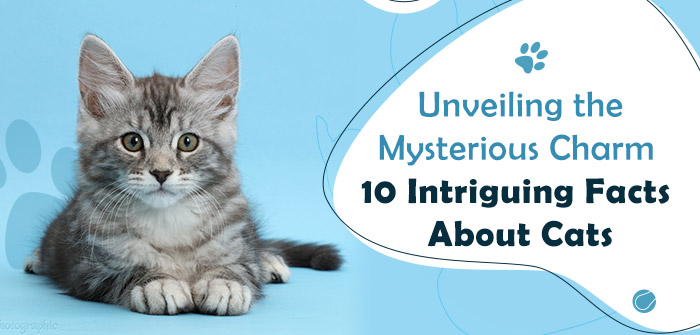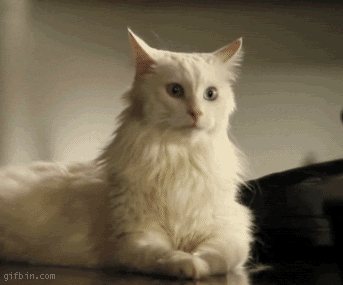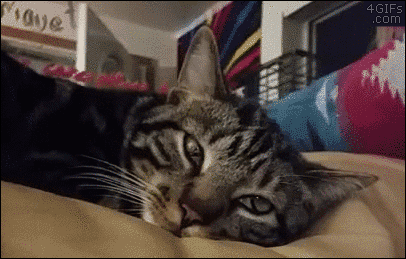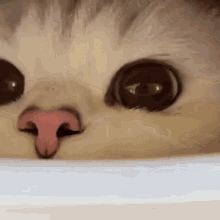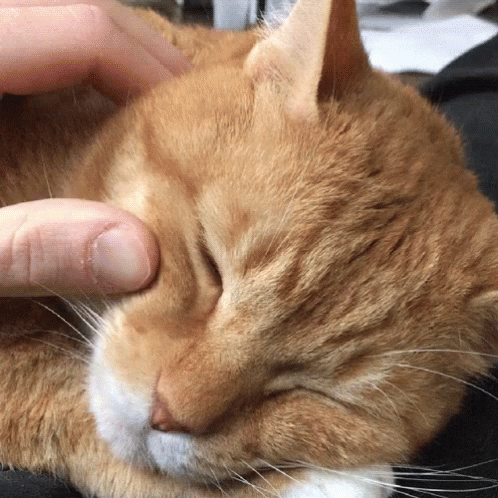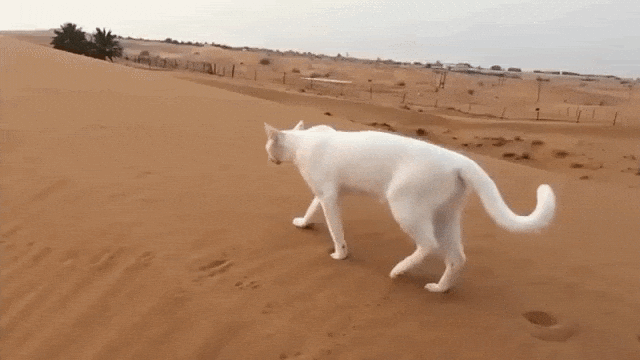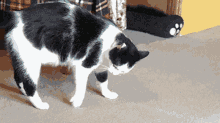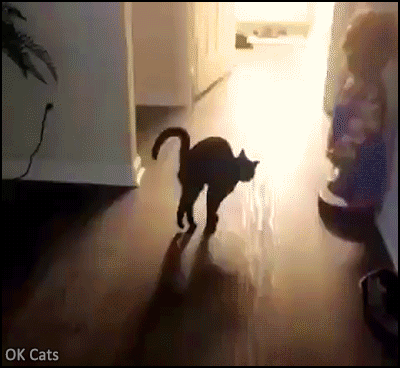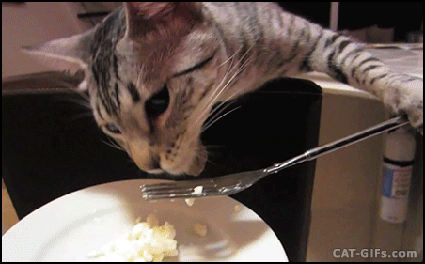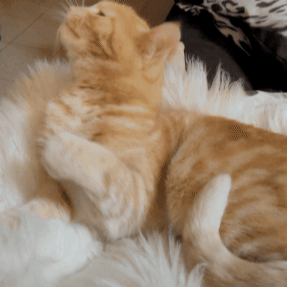Unveiling the Mysterious Charm: 10 Intriguing Facts About Cats
Cats, mysterious charmers to some, and warm little furballs for others, have been the safe space to their pet parents since time immemorial. Over several centuries, these little creatures have continued to enchant us with their seemingly veiled ways and distinctive personalities. Despite all these years of them living on our sides, there’s always something more to learn about these captivating creatures. So how does delving into an interesting and insightful feline trivia sound like? In this blog, we have compiled some intriguing facts about our feline friends that unveil remarkable facets of their existence.
1 – The Ear Rotation That Serves So Well
Did you know that your feline little buddy has the power to rotate its ears to a full 180 degrees? Unlike humans, cats’ ears are connected to over 30 muscles, enabling independent and precise movement. This incredible feature aids them in hunting, allowing them to pinpoint the location of prey accurately. Beyond hunting, their rotating ears serve as a form of communication, expressing feelings of discomfort or curiosity.
2 – There’s a Third Eyelid Underneath
Yes, this is a distinct feature these furballs boast- a third eyelid, the nictitating membrane that’s located at the inner corner of their eyes. This translucent layer moves horizontally, providing additional protection against dust and debris and maintaining moisture. While rarely visible under normal circumstances, the third eyelid may indicate illness or stress, signaling the need for a vet check-up.
3 – Collective Cats: A Clowder
While cats are generally solitary, they may form social bonds, resulting in a group we often refer to as a “clowder.” Social interactions within a clowder include grooming, playing, and lounging together. Despite their independent reputation, cats benefit from companionship, making a harmonious clowder a source of joy and health for these feline friends.
4 – The Sense of Smell that’s Exceptional
Cats possess an extraordinary sense of smell, up to 14 times stronger than humans. Their enlarged olfactory processing in the brain enables them to identify prey, detect dangers, and communicate with fellow cats. This heightened sense contributes significantly to their overall health, safety, and well-being.
5 – Purr-fect Healing Vibrations
Contrary to popular belief, a cat’s purr has healing properties. Studies reveal that the frequency of a cat’s purr, ranging between 25 and 150 Hertz, promotes bone growth and repair. Additionally, purring aids in stress reduction and relaxation, contributing positively to a cat’s overall health and well-being.
6 – Desert Adaptations
Despite their domestication, cats remain true to their desert origins. Evolving in arid environments, cats exhibit adaptations such as a water-conserving urinary system, insulating fur, and specialized sweat glands in paw pads for cooling. These adaptations showcase their unique resilience and suitability for life in the desert.
7 – Flexible Spine Acrobatics
Cats boast a flexible spine, featuring more vertebrae than humans. With additional intervertebral discs acting as shock absorbers, cats can contort their bodies into various positions, showcasing their agility and athleticism. This flexibility is a key element in their prowess as hunters and acrobats.
8 – Poised Sense of Balance
Known for their graceful movements, cats owe their remarkable balance to their inner ear and long tails. Tiny organs in the inner ear detect changes in position, while the tail acts as a counterbalance, ensuring stability during rapid movements or sudden shifts in direction.
9 – A Sweet-Free Palate
Unlike humans, cats lack taste receptors for sweetness, preferring savory and meaty flavors. This biological adaptation aligns with their carnivorous diet, emphasizing the evolutionary shaping of their behavior and preferences. At VetSupply, we bring a collection of cat food of various kinds, that you can choose from according to the preferences of your cat and its dietary requirements.
10 – Lactose Intolerance Awareness
Dispelling the myth of cats loving milk, most felines are lactose intolerant. Consuming dairy products can lead to digestive upset, including diarrhea and vomiting. Understanding their digestive systems, adapted to a primarily meat-based diet, is crucial in providing appropriate nutrition.
End Note
Cats, with their myriad of fascinating characteristics, never cease to amaze. These 10 intriguing facts merely scratch the surface of their complexity. Whether you’re a dedicated cat lover or exploring the feline world, these revelations about our enigmatic companions are bound to deepen your appreciation for these wonderful animals.
If you’re looking to ensure your cat’s optimal health and nutrition, explore the range of high-quality cat food options available at VetSupply – a trusted online store dedicated to meeting diverse dietary needs for your feline friend.

